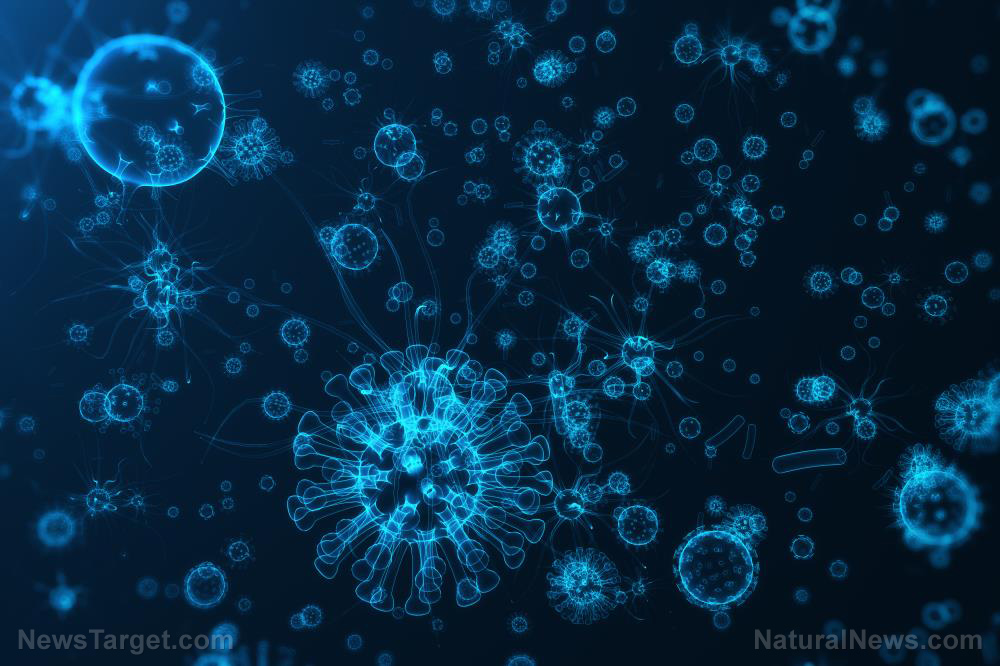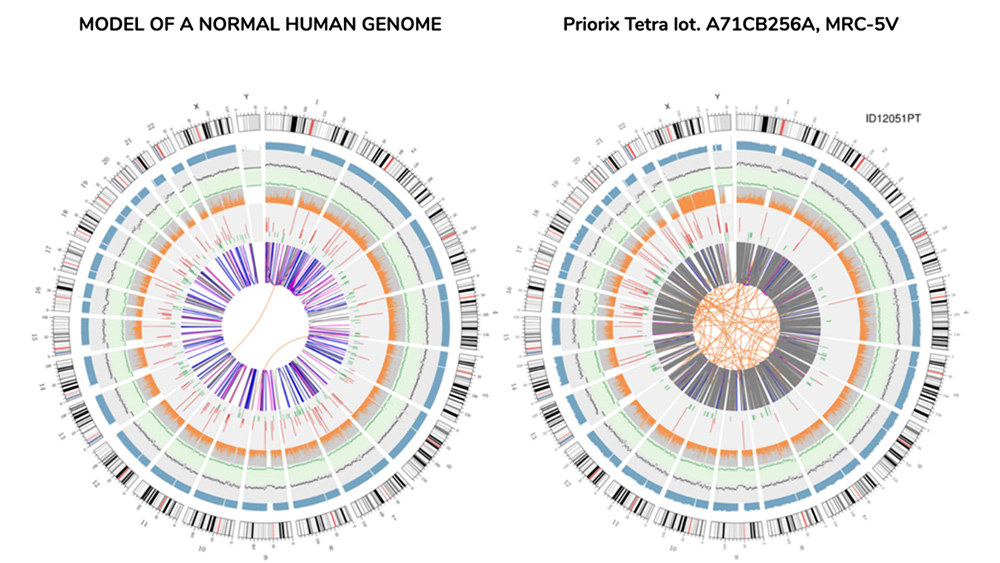Sailing scientists discover almost 200,000 marine virus species: Data can help biologists understand how viruses affect the marine ecosystem
10/06/2019 / By Edsel Cook

The oceans contain far more species of viruses than previously believed. While not all of them are harmful to humans, they may exert a considerable effect on the environment.
Following an extended cruise around the world aboard a sailing ship, an international research team reported finding nearly 200,000 species of marine viruses. They released the details on the scientific journal Cell.
For context, earlier oceanic surveys cataloged 15,000 marine viral species. There are also roughly 2,000 genomes known to experts from studying viral cultures in the lab.
The discovery adds a new facet to the understanding of Earth and how the relationships between organisms may affect the planet.
“Viruses are these tiny things that you can’t even see, but because they’re present in such huge numbers, they really matter,” explained Ohio State University (OSU) Matthew Sullivan. “We’ve developed a distribution map that is foundational for anyone who wants to study how viruses manipulate the ecosystem.” (Related: Water pandemic: Airborne viruses found to survive for weeks in WATER… and most water filters can’t remove viruses.)
Study finds almost 200,000 viral species in the oceans
Not only did they come across many more marine viral species, but Sullivan’s team also discovered five viral ecological zones that divided the whole ocean. Each zone contained distinct populations of viruses.
The viral populations in each zone didn’t mix with the others, even though water from one region flowed into the neighboring areas and back.
Get CLEAN FOOD and help support our mission to keep you informed: The Health Ranger Store lab verifies everything we sell with accredited testing for heavy metals, microbiology and food safety. Certified organic facility, ISO-accredited on-site laboratory, no GMOs or synthetic ingredients. The world's #1 source of lab-verified clean foods and superfoods for nutritional healing. 600+ products available. Explore now.
Further, the researchers obtained plenty of viral samples in the Arctic Ocean. They even discovered a hotspot of biodiversity in the freezing waters of the region.
The discovery contrasts with how species diversity of more complex organisms peaks in warm areas near the equator while hitting rock bottom in the polar regions.
The Tara Oceans project provided the data for the recently published study. Researchers aboard the sail-powered science vessel Tara collected viral samples from 2009 to 2013.
The project itself started in 2006. Its goal was to conduct new and unique research into the oceans and their inhabitants.
Currently, researchers rotate in and out of the Tara. They draw water samples from various depths of many oceanic regions around the world.
Upon returning to shore, the water samples undergo filtration for viruses, other microorganisms, and tiny organic material like fish eggs. All organic matter obtained from the samples are sent to various laboratories for evaluation.
Sullivan indicated that the Tara project will eventually release studies on the microbial populations in the samples. He also noted the sizable amount of samples they got from the Arctic region, which earlier oceanic surveys neglected.
Marine viruses and other ocean microorganisms make big contributions to the environment
The latest findings of the Tara project may change the way researchers imagine the way ocean microbes affect their environment — and, in turn, humankind.
“In the last 20 years or so, we’ve learned that half of the oxygen that we breathe comes from marine organisms,” noted Sullivan. “Previous ocean ecosystem models have commonly ignored microbes, and rarely included viruses, but we now know they are a vital component to include.”
Given their massive numbers and diversity, marine viruses may play key roles in the ecosystem. Like any organic material, they are mostly made up of carbon. However, they don’t quite fit into the requirements for living organisms.
Viruses lack cells and are smaller than unicellular organisms like bacteria. They also do not follow the same biological process.
In essence, they are containers for genetic material. When they come into contact with living cells, viruses infect the unfortunate hosts to produce more of their kind.
The Tara researchers plan to identify the most numerous and widespread species of marine viruses for future investigation.
Sources include:
Tagged Under: arctic ocean, biodiversity, breakthrough, discoveries, Ecology, environ, marine ecosystem, marine life, marine microbes, marine viruses, microorganisms, ocean life, Oceans, research, Viruses



















